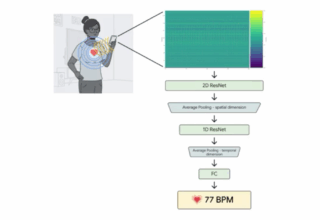Started by the Government of India, NPS or National Pension System is a discretionary contribution pension system operated and managed by the PFRDA (Pension Fund Regulatory and Development Authority). It was started in India in order to stop defined benefit pensions for the employees joining after January 1st 2004.
This scheme was originally planned for Government employees only, but it became accessible for all the Indian citizens in 2009. It is an endeavour by the Government to create a pensioned community in India. Any Indian citizen (resident or non-resident) aged from 18 to 65 can open an NPS account. Being a tax efficient, low cost, portable and flexible scheme, both employers and employees can contribute to the scheme. Therefore, the greater the merit of contributions, the greater is the investment.
Types of NPS Accounts
Two types of accounts fall under NPS scheme and they are listed as follows:
- Tier 1– This is a primary pension account, which is restricted in terms of usage of accumulated corpus and withdrawals. The minimum contribution is INR 500.
- Tier 2- It is similar to mutual funds and has no restrictions when it comes to withdrawals. The possibility of having this account depends on whether an individual has an active tier 1 account. Tax incentives are relevant only to investments in tier 1 account. Minimum contribution to open this account is INR 1,000 and an amount of INR 250 is charged for successive transactions.
The yearly minimum contribution per financial year of an individual is INR 1,000 and you can continue to contribute till the age of sixty. The functions, be it service, depository, operations, fund management or sales of the traditional financial products, are handled by a single company.
NPS’ Unbundled Architecture
NPS follows a unique unbundled architecture, which allows any individual to mix and match and pick the best option. This architecture consists of:
- NPS Trust: Shields any individual’s interests
- CRAs (Central Recordkeeping Agencies): Maintenance of records and data
- POP (Point of Presence): Involved in distribution and collection
- PFM (Pension Fund Managers): Manage the investments of individuals
- A guardian to take care of the purchased assets by the fund managers
- An administrator to manage banking operations
NPS Pension Fund Managers
A customer can purchase pension ASP (Annuity Service Providers) at the age of sixty. NPS investors can neither switch to another pension fund nor choose two pension fund managers. Here is the list of pension fund managers:
- Kotak Pension Fund
- SBI Pension Fund
- UTI Retirement Fund
- LIC Pension Fund
- ICICI Prudential Pension Fund
- HDFC Pension Fund
- Birla Sun Life Pension Management Ltd.
- Reliance Capital Pension Fund
Investor’s Choices
An investor has two choices namely, Active and Auto choice to invest in. Under the Active choice, the investor is given the choice of allocation. In the Auto choice, the asset allocation is done based on the investor’s age. Equities (E), Government Securities (G) and Corporate Bonds (C) are the three asset classes where allocation is carried out.
According to the current rules, when an investor turns sixty, he can withdraw from the NPS scheme, but 40% of the pension has to be invested for purchasing an annuity. However, with the change in rules, both government and private subscribers will benefit tax-free NPS withdrawal.


















